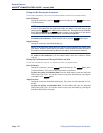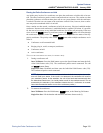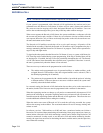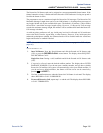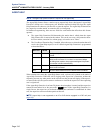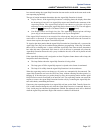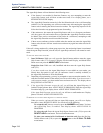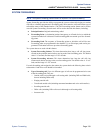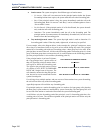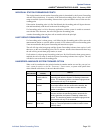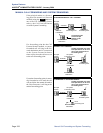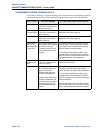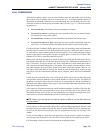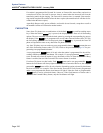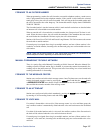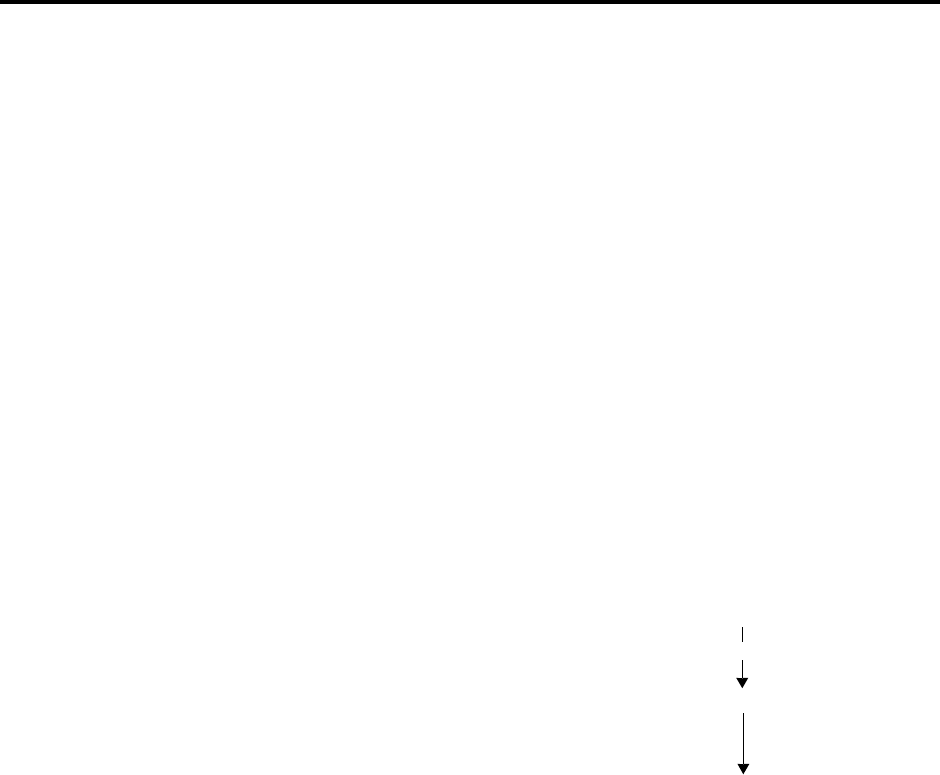
Page 220
System Features
AXXESS
®
ADMINISTRATOR’S GUIDE – January 2004
System Forwarding
• Station status: The system recognizes four different types of station status.
— No Answer: If the call is not answered at the principal station before the System
Forwarding Initiate timer expires, the system sends the call to the forwarding path.
— Busy: If the principal station is busy, the system immediately sends the call to the
forwarding path. Both “No Answer” and “Busy” can be selected together to form a
“Not Available” status.
— Do-Not-Disturb: If the principal station is in Do-Not-Disturb, the system immedi-
ately sends the call to the forwarding path.
— Immediate: The system immediately sends the call to the forwarding path. The
principal station user cannot answer an immediately forwarded call, but can reverse
transfer it from the forwarding point.
• Day-mode/night-mode status: The system day/night mode is used to determine if a
forwarding path is taken. Either day mode, night mode, or both may be specified.
For an example, refer to the diagram below. In the example, the “principal” station user wants
direct ring-in or transferred calls to ring at his or her station during day mode. The principal
station has a forwarding path with two forwarding points: a hunt group and voice mail. If the
principal does not answer the call, it follows the forwarding path to forwarding point #1, a hunt
group. If the hunt group does not answer the call, it would continue on the forwarding path and
go to the principal station’s voice mailbox (forwarding point #2).
If the principal station is an Inter-Tel phone,
the “ring principal once” option can be set
that will signal the principal station when a
call begins to follow the forwarding path.
The signal to the principal station consists
of a display (CALL SENT TO FORWARD
PATH) and a single burst of ring tone. The
call cannot be answered at the principal sta-
tion, but can be reverse transferred from the
system forward point.
If a call rings in to multiple stations, and one or more of those stations has system forwarding,
the call will not follow any of the forwarding paths.
Agent Help requests will not follow any forwarding path.
If a principal station or a station forwarding point is a member of a hunt group, calls placed to
the hunt group’s pilot number are unaffected by system forwarding. The hunt group calls will
be received at the station as usual and will not enter the system forwarding path.
A call follows only the forwarding path of the principal, even if a forwarding point has a for-
warding path of its own. The call that originated at the principal station will follow only the
principal station’s forwarding path.
CALL RINGS IN TO PRINCIPAL STATION
CALL IS SENT TO FWD POINT #1 - HUNT GROUP
CALL IS SENT TO FWD POINT #2 - VOICE MAIL
NO ANSWER



